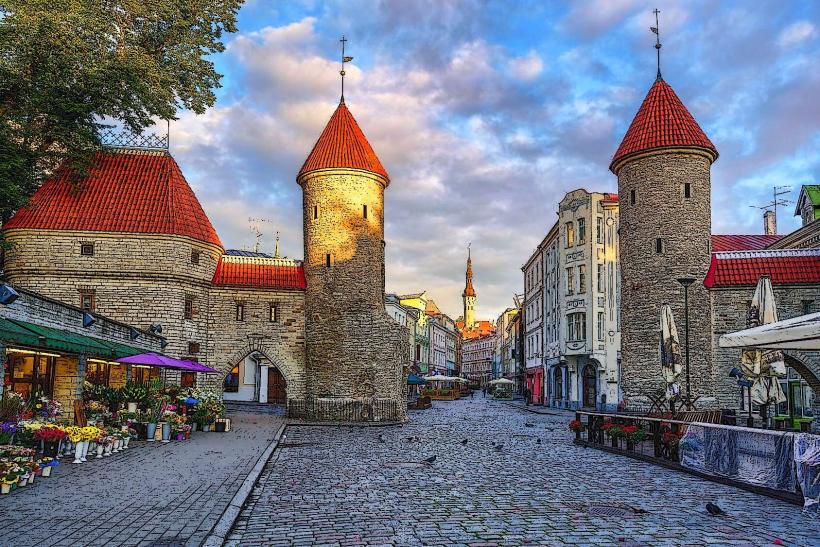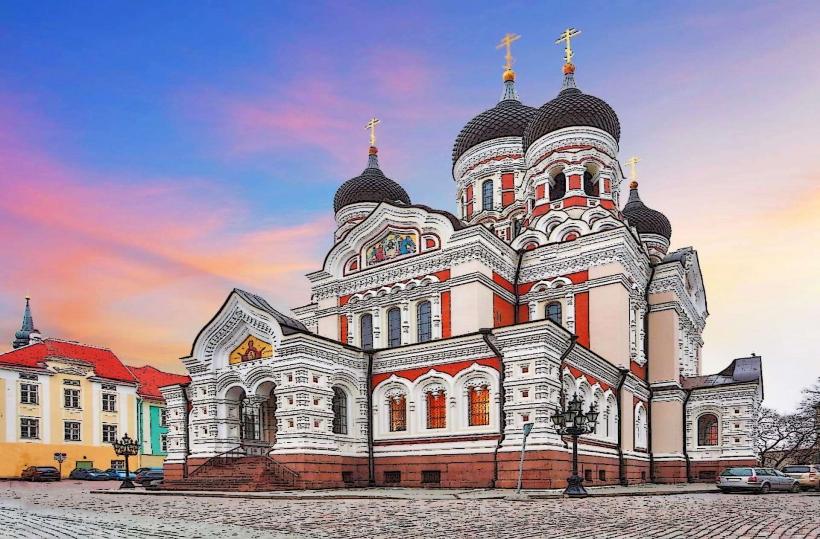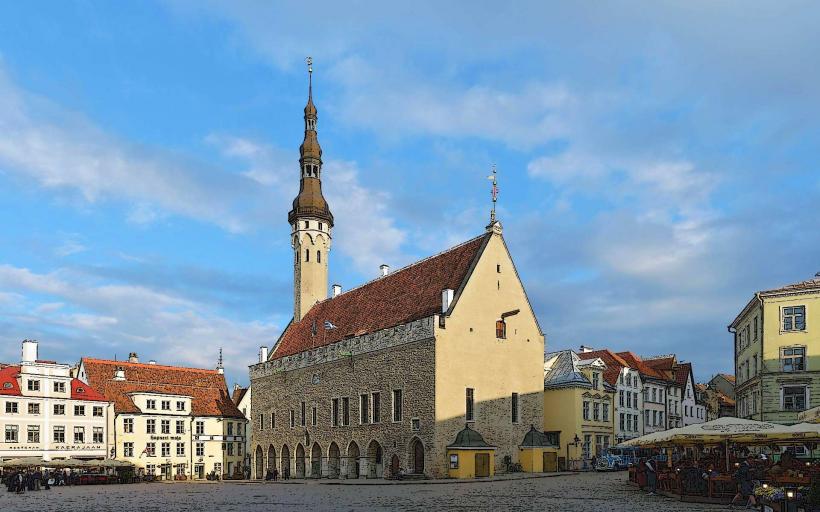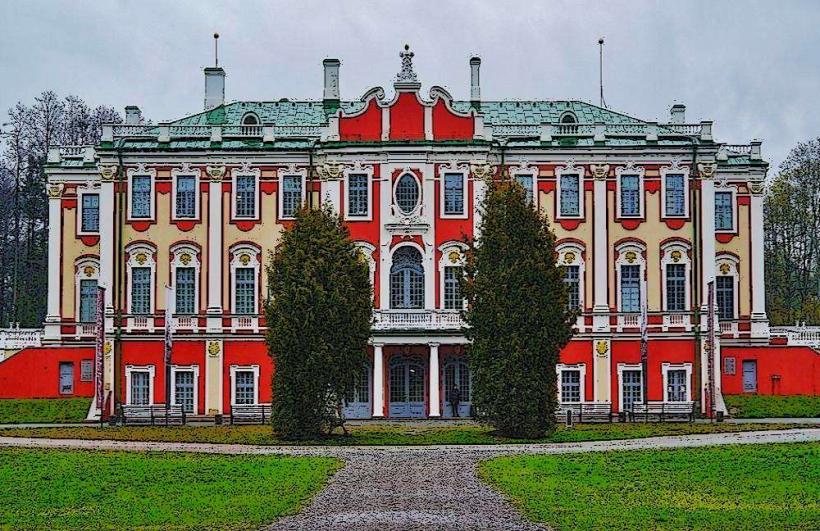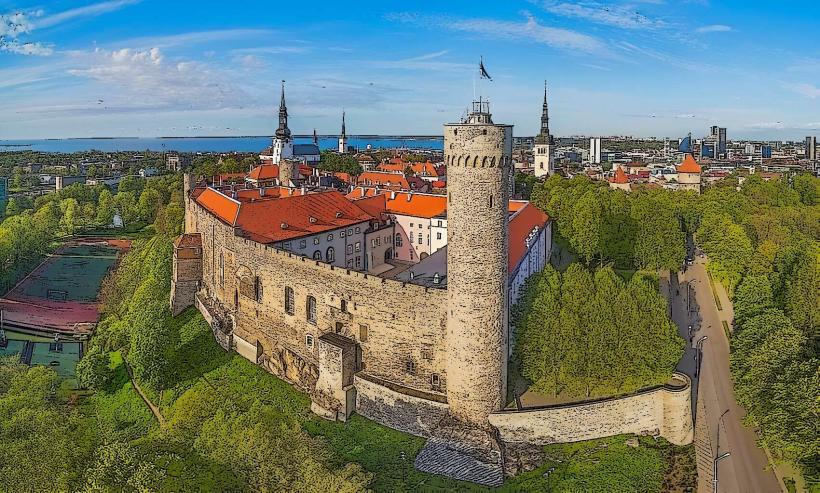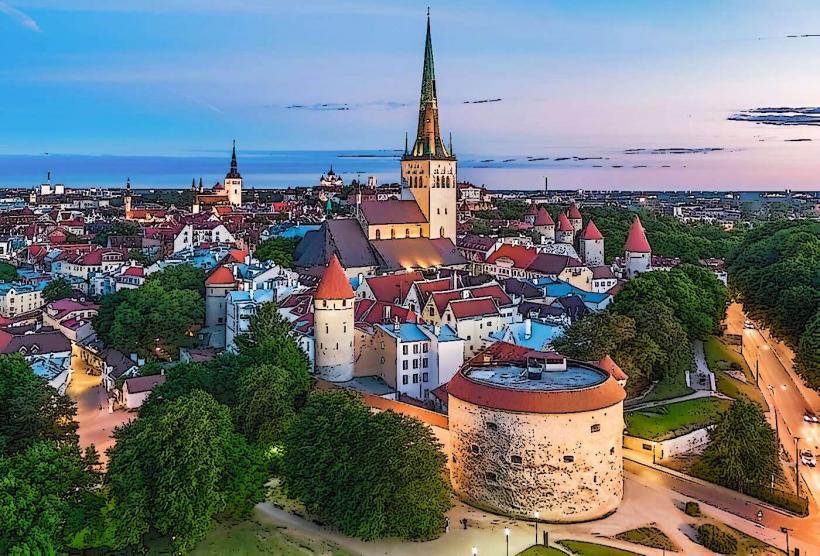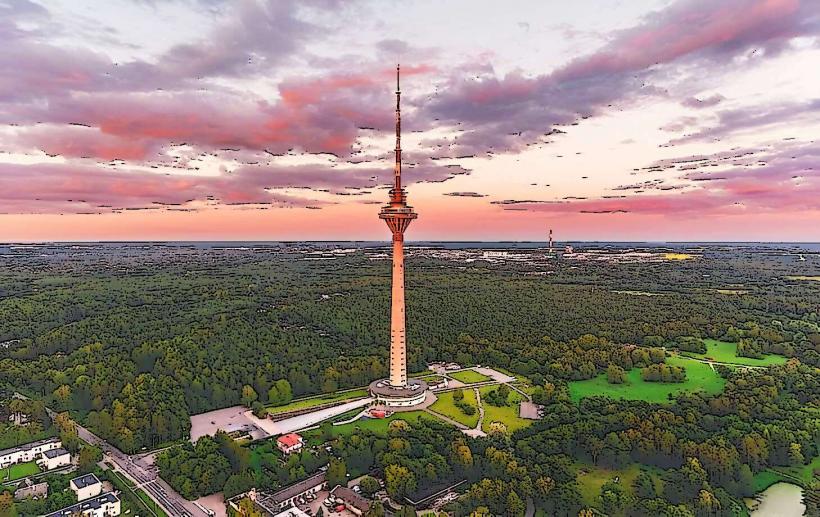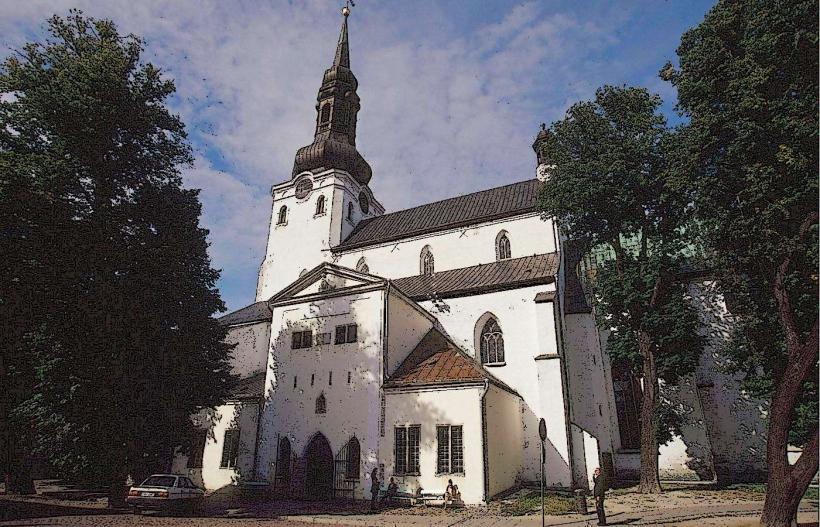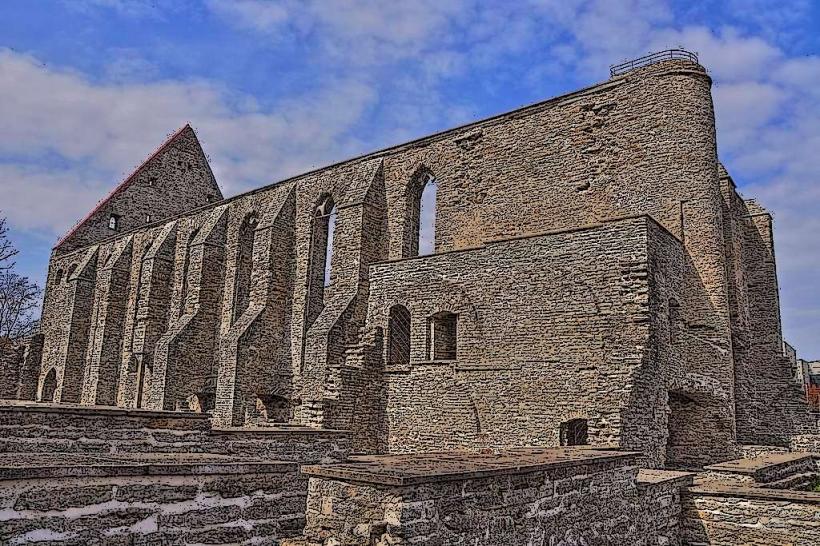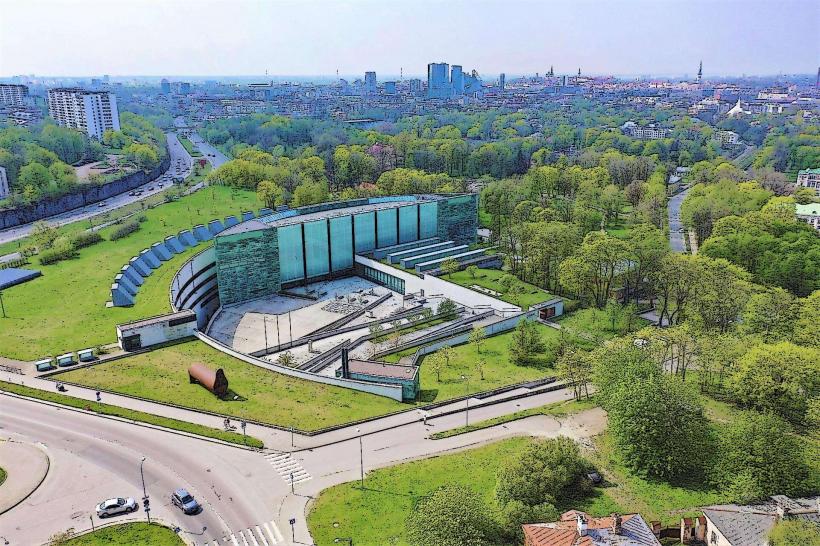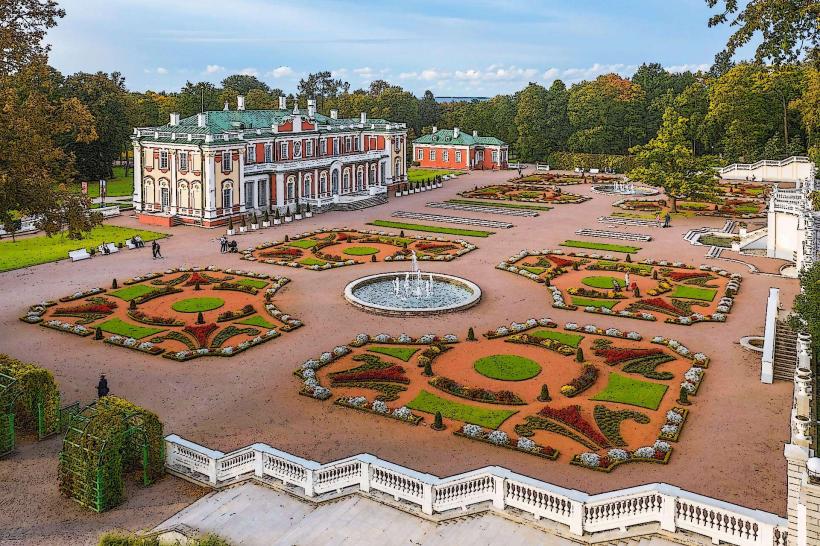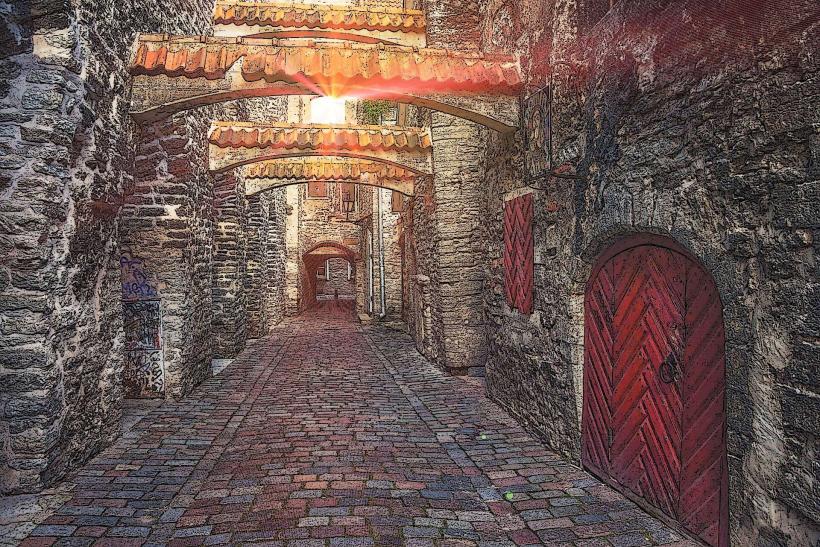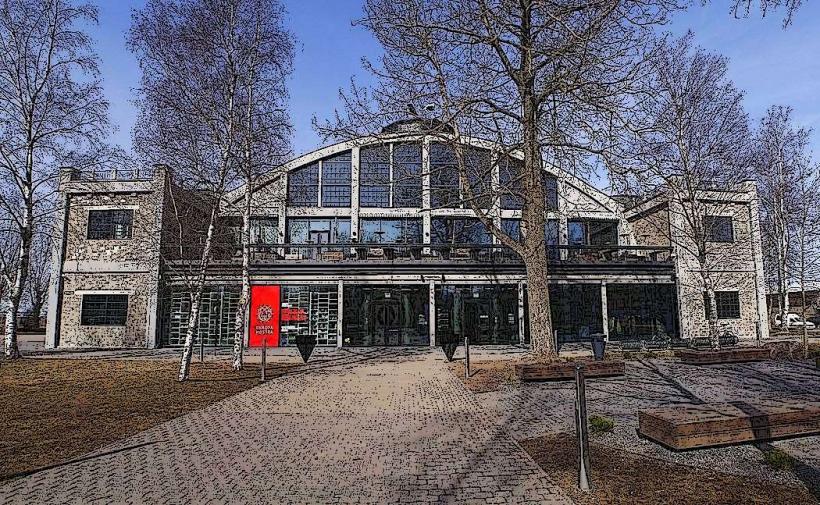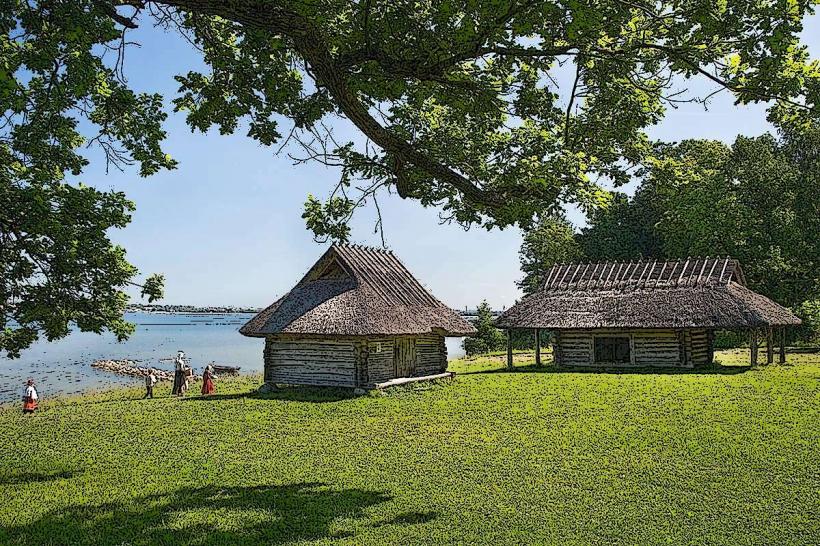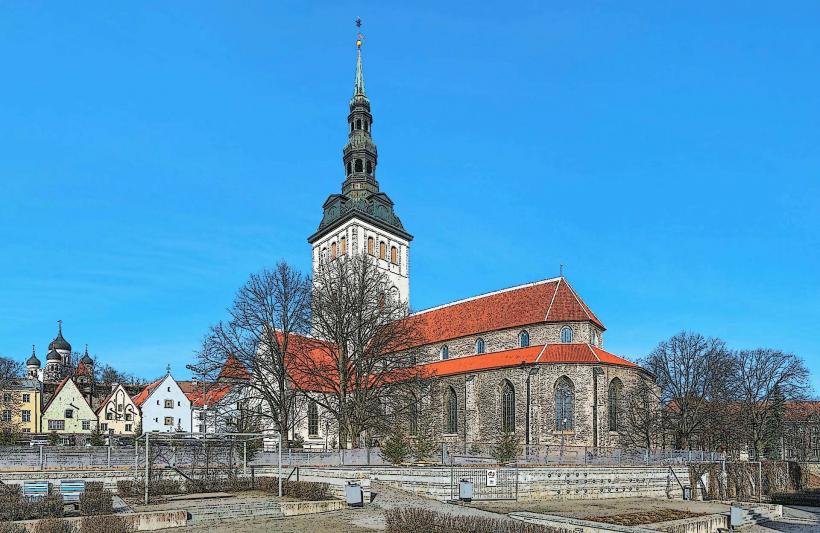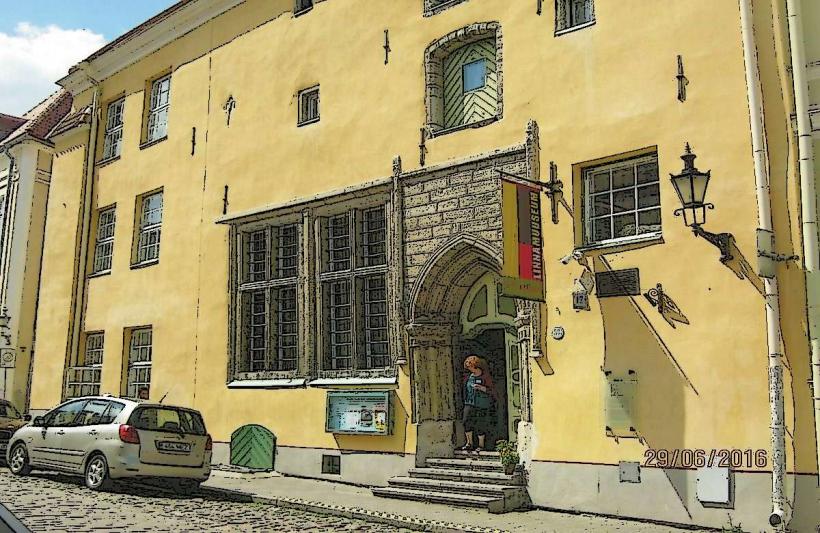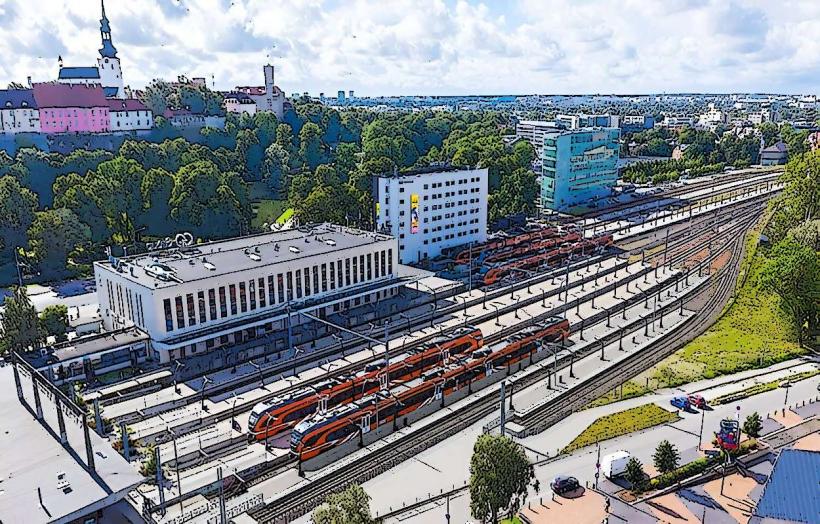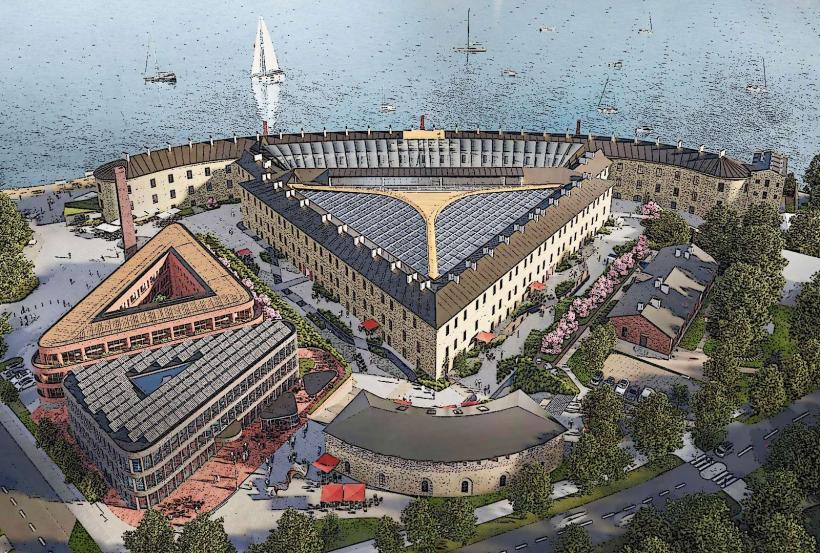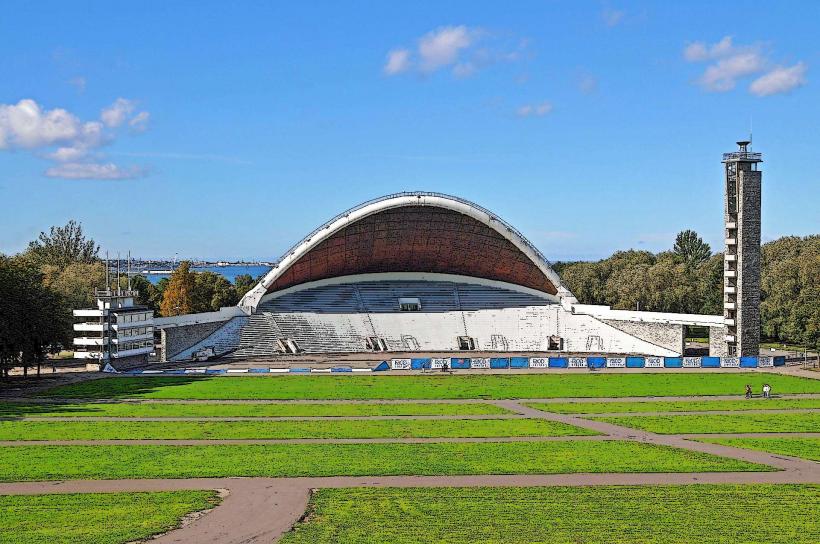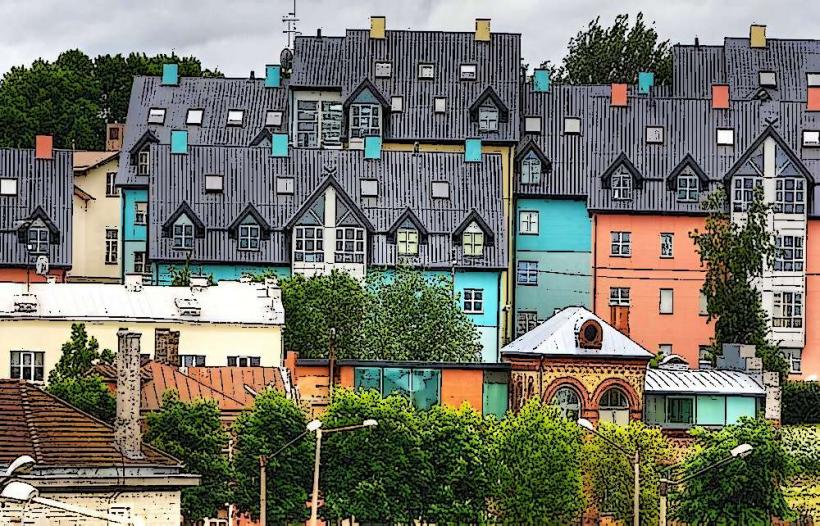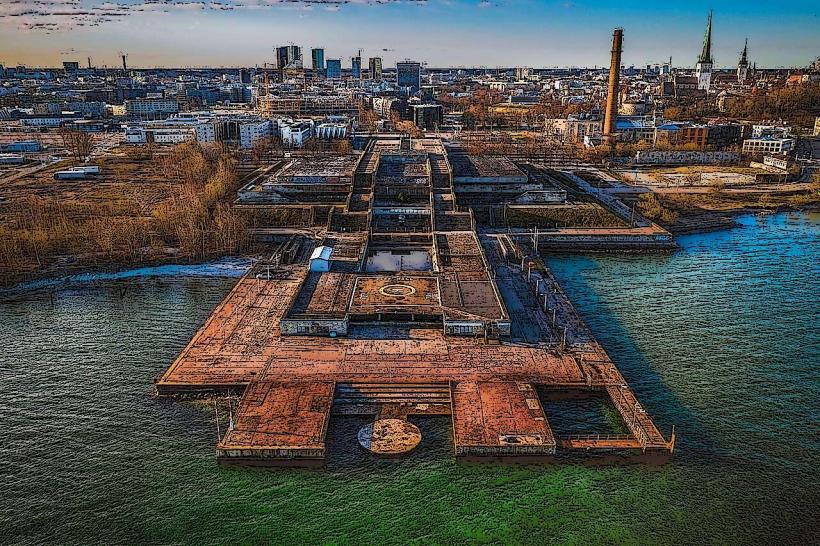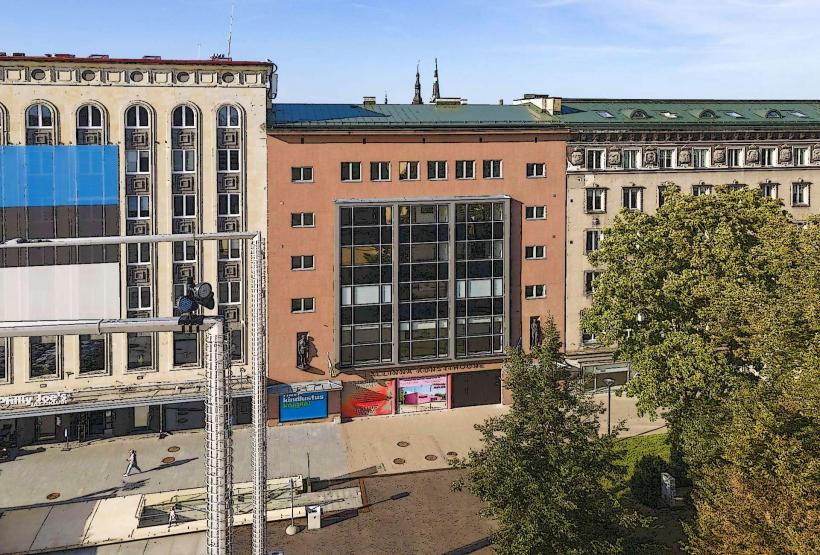Information
Landmark: Museum of OccupationsCity: Tallinn
Country: Estonia
Continent: Europe
The Museum of Occupations and Freedom (Vabamu) in Tallinn, Estonia, is a significant institution that offers a comprehensive and emotional journey through the country's tumultuous 20th-century history. The museum is dedicated to showcasing the experiences of the Estonian people during the periods of Soviet, Nazi German, and Soviet occupation. It focuses on the impact of these occupations on the country's sovereignty, culture, and people, as well as the struggle for independence. Here’s a detailed overview of the Museum of Occupations and Freedom:
Historical Background
Foundation and Purpose:
- The Museum of Occupations was originally founded in 2003 under the name Museum of Occupation, with the goal of preserving and sharing the history of the Soviet and Nazi German occupations of Estonia, which lasted for much of the 20th century.
- In 2018, the museum was renamed Museum of Occupations and Freedom to emphasize the struggle for independence and Estonia’s eventual freedom from foreign domination.
- The museum serves as a reminder of the sacrifices, resilience, and determination of the Estonian people, as well as the brutal impact of occupation on individuals and the nation as a whole.
Location:
- The museum is located in the heart of Tallinn’s Old Town, making it easily accessible for both locals and visitors. It is housed in the KGB headquarters building (also known as the Tallinn Prison), which is a historically significant site, as it was used by the Soviet authorities during the occupation to control and suppress the Estonian population.
Key Exhibits and Features
Thematic Focus:
- The museum’s collection focuses on the three periods of occupation that shaped Estonia’s 20th-century history: Soviet occupation, Nazi German occupation, and post-Soviet independence.
- The exhibits explore life under occupation, the suppression of freedoms, and the resistance movements that fought for Estonia’s independence.
The Soviet Occupation (1940-1941, 1944-1991):
- The museum provides an in-depth look at the Soviet occupation, which began in 1940, was briefly interrupted by the Nazi German occupation during World War II, and resumed after the war until Estonia regained independence in 1991.
- Key themes include mass deportations, the suppression of the Estonian language, forced collectivization, and the establishment of a totalitarian state.
- Personal Stories: The museum highlights the personal experiences of Estonian citizens who were deported to Siberia, imprisoned, or forced to collaborate with Soviet authorities under threat of violence. Audio and video testimonies from survivors are included, giving voice to those who lived through these harrowing times.
Nazi German Occupation (1941-1944):
- The Nazi occupation of Estonia is another critical part of the museum's exhibits. During this period, the Nazis implemented harsh policies that led to the deportation and extermination of Estonia’s Jewish population, as well as the forced labor of Estonian civilians.
- The museum explores the ethnic cleansing and war crimes that took place during this time and how the Estonian population experienced life under Nazi rule.
- Exhibits include photographs, documents, and personal accounts of the suffering caused by both Nazi and Soviet regimes.
The Struggle for Freedom and Independence:
- A major focus of the museum is the struggle for independence and the resistance movements that took place throughout the periods of occupation. It examines the ways in which Estonians fought back, both through armed resistance and peaceful protest, to regain their sovereignty.
- The Singing Revolution (1987-1991), a peaceful protest movement that played a pivotal role in Estonia’s peaceful re-independence from the Soviet Union, is highlighted in the museum.
- The museum shows how Estonians used songs, demonstrations, and international diplomacy to assert their desire for freedom.
Life under Soviet Rule:
- One of the main exhibits in the museum focuses on life under Soviet rule, exploring how the Soviet regime affected all aspects of life, including education, work, culture, and freedom of speech. Visitors can learn about the oppressive policies imposed on Estonia, such as censorship, restrictions on travel, and the suppression of Estonian identity.
- The museum also highlights the use of propaganda, and secret police surveillance, and provides a glimpse into the struggles of daily life under a totalitarian regime.
Interactive Exhibits:
- The museum utilizes modern technology and multimedia to make the history accessible and engaging. Interactive displays, audio guides, and testimonials create an immersive experience, allowing visitors to connect with the personal stories of those who lived through the occupations.
- The reconstruction of a Soviet-era apartment offers visitors a tangible sense of life under Soviet rule, and the KGB prison cells allow them to experience the conditions faced by prisoners during Soviet times.
Special Exhibitions and Events:
- In addition to its permanent exhibitions, the museum hosts temporary exhibitions on a range of topics related to the history of Estonian occupations and freedom.
- It also organizes lectures, seminars, and events that discuss Estonia’s history, culture, and political struggles during the 20th century, often inviting historians, authors, and other experts to share their knowledge and insights.
Visitor Experience
Guided Tours:
- The museum offers guided tours in several languages, providing deeper context and historical analysis of the exhibits. Expert guides share their knowledge of the history of Estonia’s occupations and help visitors understand the emotional and political context of the artifacts.
- Audio guides are available for those who prefer a self-guided experience, providing detailed explanations of the exhibits.
Family and Educational Programs:
- The Museum of Occupations and Freedom is an important educational institution, especially for younger generations who may not be familiar with the country’s history of occupation.
- The museum offers special programs and workshops for schools and families, engaging visitors in activities that help them understand the significance of the Soviet occupation, the Nazi period, and the struggle for independence.
Emotional and Reflective Experience:
- The museum is designed to be an emotional journey, evoking a deep reflection on the hardships endured by the Estonian people. Many exhibits include personal accounts, testimonies, and visual materials that vividly bring to life the pain and resilience of the population during these dark times.
- The museum does not shy away from difficult subjects, and it aims to create an environment where visitors can truly feel the weight of history, helping to ensure that future generations never forget Estonia’s struggle for freedom.
Why Visit the Museum of Occupations and Freedom?
Understanding Estonia’s History: The museum offers an essential and in-depth understanding of the events that shaped Estonia’s modern identity. It provides insights into the country’s occupation history and its fight for freedom, making it an important stop for those interested in the broader historical context of the Baltic states.
Emotional and Educational Impact: The museum’s use of personal stories and interactive displays creates an emotional and educational experience, leaving a lasting impact on visitors as they learn about the suffering and resilience of the Estonian people.
Preserving Memory: The museum plays a crucial role in preserving the memory of those who lived under occupation and in honoring the lives lost during the deportations, imprisonment, and conflicts. It provides a space for reflection and remembrance, ensuring that the lessons of the past are not forgotten.
Cultural Significance: The museum’s efforts to highlight the Singing Revolution and the peaceful path to independence make it a powerful testament to Estonia’s resilience, showing how peaceful methods can lead to freedom and self-determination.
The Museum of Occupations and Freedom is an essential destination for those seeking to understand the profound and painful history of Estonia's 20th century. It is a deeply emotional experience that brings to light the suffering, resilience, and triumph of the Estonian people in their struggle for freedom.

